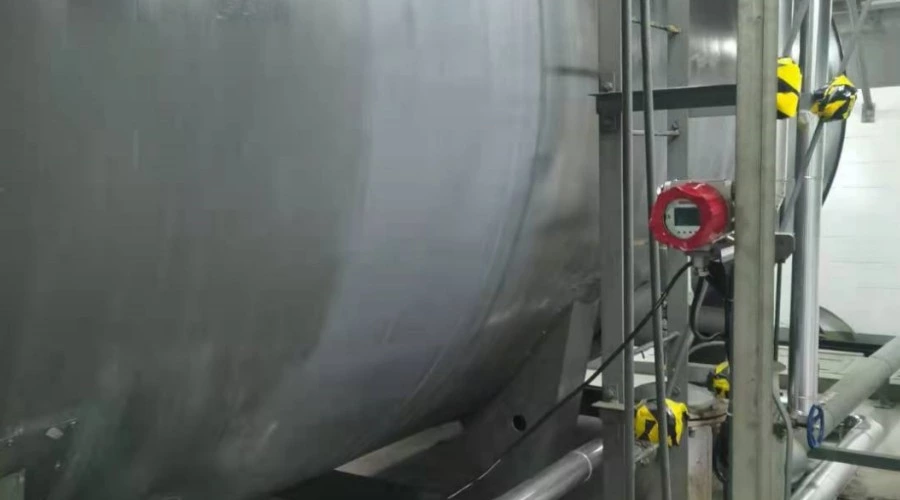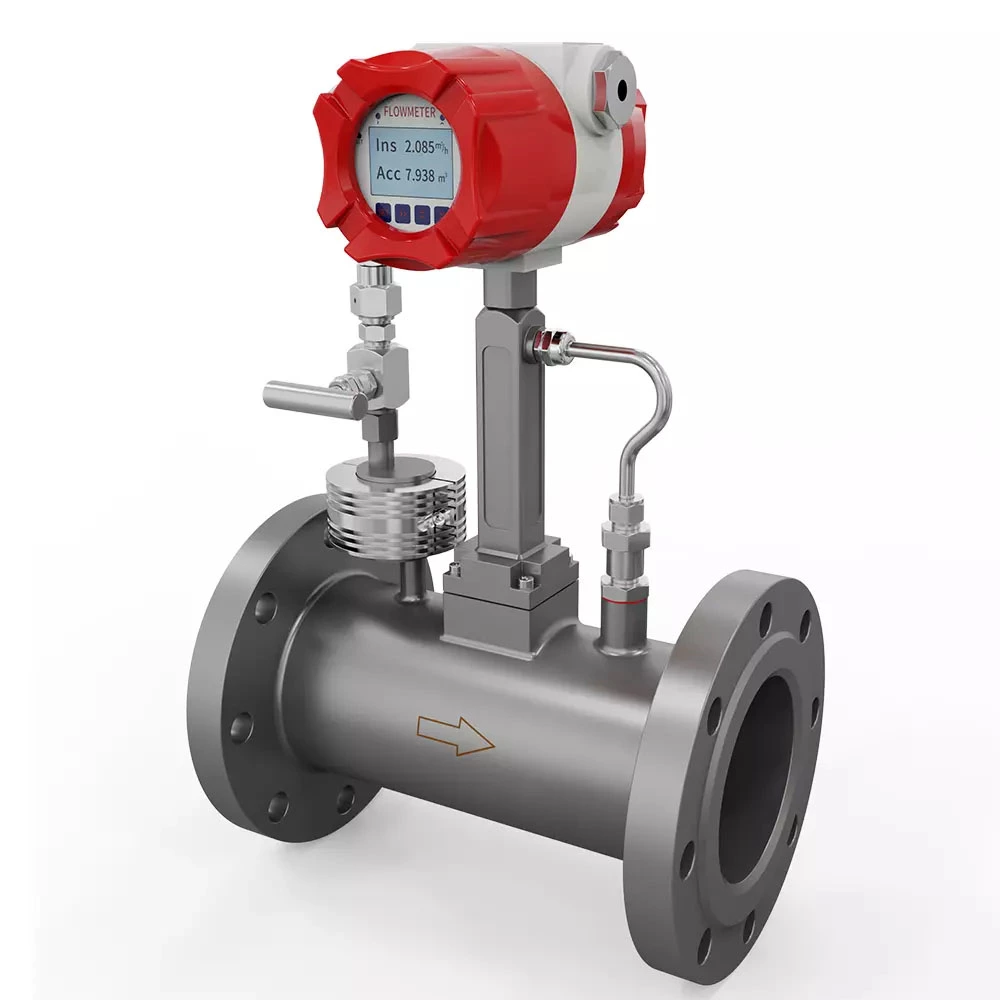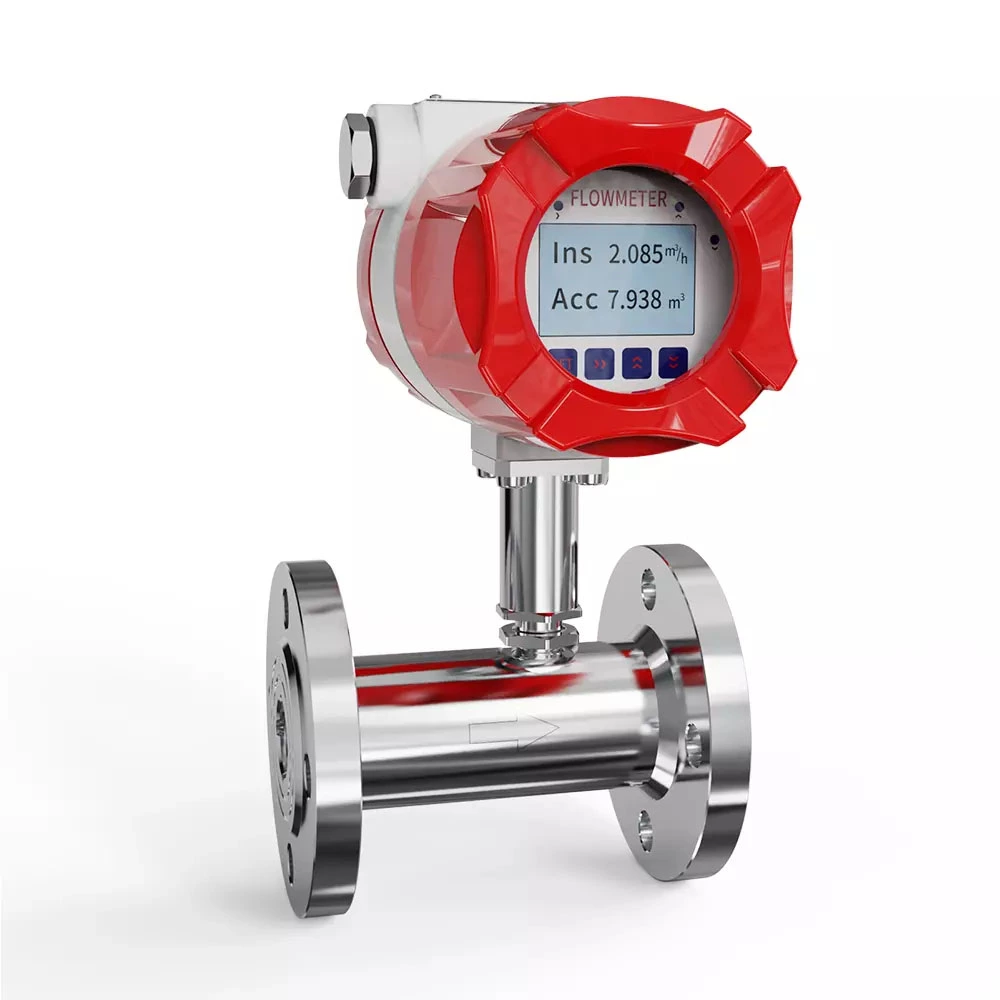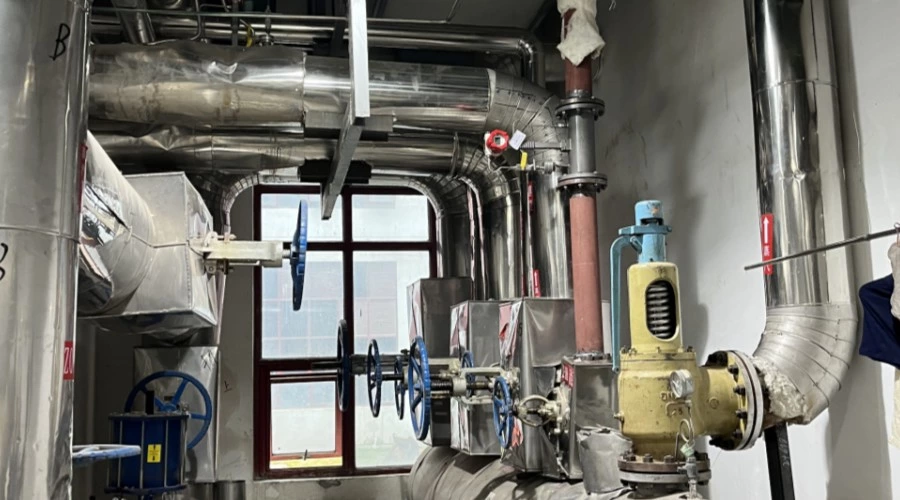Vortex Flow Meters vs. Turbine Flow Meters: A Comparative Analysis
Vortex Flow Meters vs. Turbine Flow Meters
In the realm of flow measurement, there are various technologies available, with each of its strengths and applications. Two popular options for measuring fluid flow rates are vortex flow meters and turbine flow meters.
While both instruments serve the purpose of flow measurement, they differ in their operating principles, design, and suitability for specific applications. In this article, we will delve into the characteristics of vortex flow meters and turbine flow meters, highlighting their similarities, differences, and areas of application.
Vortex Flow Meters
Vortex flow meters operate based on the principle of the von Kármán effect, where vortices are created as a fluid passes through a bluff body. These vortices generate pressure fluctuations that can be measured to determine the flow rate.
Vortex flow meters offer several advantages, including the following:
Wide Range of Applications: Vortex flow meters are suitable for measuring the flow of liquids, gases, and steam across a wide range of temperatures, pressures, and viscosities. They find applications in industries such as chemical processing, oil and gas, water and wastewater, and HVAC systems.
High Accuracy: Vortex flow sensors provide accurate flow measurements, typically within ±0.75% to ±1.0% uncertainty. This level of precision makes them suitable for critical processes in need of precise flow control and monitoring.
Low Pressure Drop: Vortex flow measurements have a low pressure drop, and this indicates that they cause minimal resistance to flow. This characteristic is beneficial in applications where energy conservation and maintaining system efficiency are important considerations.
Minimal Maintenance: Vortex flow meters have no moving parts, reducing the need for frequent maintenance and minimizing downtime. This advantage is of vital importance for cost savings and increasing operational efficiency.
Turbine Flow Meters
Turbine flow meters, on the other hand, rely on the rotation of a turbine blade inserted in the fluid stream. As the fluid flows, it imparts rotational motion to the turbine, and the velocity of the rotation is proportional to the flow rate.
Turbine flow meters offer their own set of advantages, which are listed below one by one:
Wide Flow Range: Turbine flow meters are capable of measuring a wide range of flow rates, making them suitable for applications with varying flow conditions. They can accurately measure both low and high flow rates, providing versatility in flow measurement.
High Accuracy: Turbine flow meters provide accurate measurements, typically within ±0.5% or ±1.0% optional. This level of accuracy makes them suitable for applications where precise flow measurement is crucial, such as custody transfer in the oil and gas industry.
Compact Design: Turbine flow sensors are compact and lightweight, making them easy to install and integrate into existing piping systems. Their small footprint provides the flexibility in installation locations, even in space-constrained environments.
Cost-effective: Turbine flow measurement devices are often more cost-effective compared to other flow measurement technologies, making them a preferred choice for applications with budget constraints.
Choosing the Right Flow Meter
When selecting between vortex flow meters and turbine flow meters, several factors need to be considered. Let's explore them together:
1. Fluid Characteristics: Understanding the properties of the fluid being measured is essential. Factors such as viscosity, temperature, and the presence of particles or corrosive elements influence the selection of the appropriate flow meter to a large extent.
2. Flow Range: Assessing the expected flow rates is crucial in determining which flow meter can accurately measure within the desired range. Turbine flow meters excel in applications with a wide range of flow rates, while vortex flow meters offer versatility across different fluids and flow conditions.
3. Accuracy Requirements: Consider the level of accuracy needed for the specific application. Both vortex flow meters and turbine flow meters provide accurate measurements; however, the required precision may vary depending on the specific process.
4. Installation and Maintenance: Evaluate the ease of installation and ongoing maintenance requirements. Turbine flow meters are often compact and easy to install, while vortex flow meters offer the advantage of minimal maintenance due to their non-moving parts design.
Product of vortex flow meters and turbine flow meters
Here we list the most commonly used vortex flow meter and turbine flow meter, so that you can understand the differences between these two instruments more deeply:
SUP-LUGB Vortex flow meter with temperature & pressure compensation
The SUP-LUGB Vortex flow meter is a highly advanced device that is designed to provide accurate and reliable flow measurements in a wide range of applications. This flow meter is equipped with temperature and pressure compensation features that ensure accurate readings even in challenging operating conditions.
The vortex flow meter operates on the principle of the Karman vortex street, which involves the formation of vortices in the flow of a fluid around a bluff body. The frequency of these vortices is directly proportional to the flow rate of the liquid, and this relationship is used to determine the flow rate.
The temperature and pressure compensation features of the SUP-LUGB Vortex flow meter ensure that the readings obtained are not affected by changes in these parameters. This is achieved through the use of specialized sensors that measure the temperature and pressure of the fluid and then adjust the flow rate calculations accordingly.
In addition to its accuracy and versatility, the SUP-LUGB Vortex flow meter is also highly durable and reliable. It is constructed from high-quality materials resistant to corrosion and wear, ensuring long-term performance even in harsh operating conditions.
SUP-LWGY Turbine flow meter with flange connection
The SUP-LWGY Turbine flow meter with flange connection is a highly accurate and reliable device used to measure the flow rate of liquids. Designed with a flange connection, it can easily be installed in a pipeline system.
This flow meter utilizes a turbine rotor that rotates as the liquid flows through it. The speed of the rotation is directly proportional to the flow rate of the liquid, allowing for precise measurements.
The SUP-LWGY Turbine flow meter is constructed with high-quality materials, ensuring durability and longevity. It is also designed with a low-pressure drop, minimizing the energy required for operation.
In addition to its accuracy and reliability, the SUP-LWGY Turbine flow meter is also easy to maintain. It can be disassembled and cleaned without the need for specialized tools or equipment.
The SUP-LWGY Turbine flow meter with a flange connection is an ideal solution for measuring liquid flow rates in a variety of industrial applications. Its high accuracy, reliability, and ease of maintenance make it a valuable addition to pipeline systems.

Conclusion
In summary, both vortex flow meters and turbine flow meters are reliable instruments for fluid flow measurement, each with its strengths and advantages. The choice between the two depends on the specific application requirements, including fluid characteristics, flow range, accuracy needs, and installation considerations.
Understanding the capabilities and limitations of each flow meter technology is crucial in selecting the right instrument to ensure accurate and efficient flow measurement in industrial processes.







